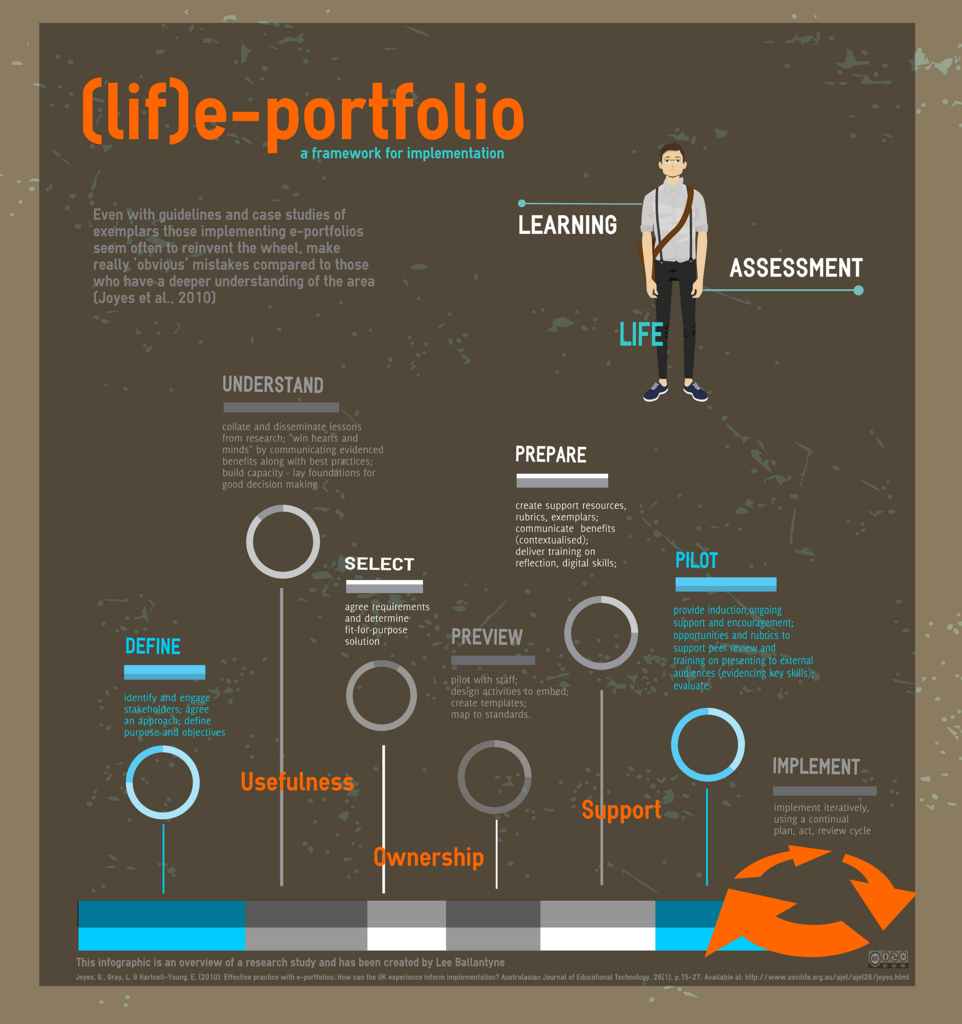Involving users and scaling up applications for learning
I am spending a lot of time working on the Learning Layers project at the moment. There are two interlinked areas on which I have been thinking. The first is design processes – more particularly how we can develop a user centred or co-design process. And the second is how we can scale the uptake of applications and approaches to learning with technology to significant numbers of users.
the two are interlinked, I think, because if we involve users in every part of the design process, we have a reasonable chance of developing software which is relevant to users. However, having said that, we are realising that different users have very different interests. We are working in two main sectors – or industrial clusters – in the construction sector and in the health sector. Motivations and restrains on the use of technologies for learning vary greatly between the two sectors. In the construction sector there seems a general desire to use technology both to improve the image of the sector – and thus attract new trainees – and to update and improve the quality of both initial and continuing learning. In the medical sector, there is probably more concern on how to update learning and knowledge in a situation where time and opportunity for formal learning is very limited. But interestingly, attitudes towards technology also varies greatly between individuals, even in the same workplace.
The original EU specification for the project is that we focus on sectors where the take up of technology for learning has been limited and is lagging behind. This may be a misconception. In truth in both sectors we are finding plenty of examples of learning practice using technology. But we are also finding many examples where there is little use of technology and even where access to social networks or the use of mobile devices is banned. I suspect that we would find a similar pattern in other sectors. So challenge number one is how we involve workers in the codesign process. Should we focus on those who are enthusiastic – as early adapters – or should we try to involve those more sceptical about the potential of technology to support learning in the workplace?
Challenge number two is around the target to upscale to involve significant numbers of users. Although the project is targeted at workers in Small and Medium Enterprises, and we have a number fo these involved as partners in the project, it is clear that we will have to involve industry organisations in the upscaling. the original application was based on the idea of industrial clusters. There is a great deal of research on such clusters, which I will talk about more in a future article. Enough to say, that we are encountering different forms of organisations which bring together different SMEs. These include industrial clusters, usually around innovation such as the use of green technology in construction. But they may also include different networks and communities of practice which may be more or less fomalised. For instance, in Bremen the Electro Innung brings together over 120 SMEs in the electrical sector of the construction trade. It forms part of the structure of craft chambers through which craft trade companies in Germany are organised. And Communities of Practice can cut across more traditional organisations.
At the moment we are working on a User Engagement plan and looking at the potential interests of different stakeholders in the Learning layers project. The intention is that once we have such a plan we can work out a strategy for interacting with these organisations and for taking forward the user centred design process.
Interestingly Google searches on user engagement produce little of interest, mainly being driven by the concerns of social software companies to gain and retain more users. Hover changing the search string to stakeholder engagement yields far richer results. There seems a valuable tradition of research and development by economic and social development organisations and aid organisations seeking to consult with and involve users in various projects. In particular the Stakeholder Engagement toolkit (from which the diagramme above is taken), produced by the European funded REVIT project, provides a wealth of practical ideas.
I would welcome any feedback and ideas readers have found useful around both user centred design and user engagement.




